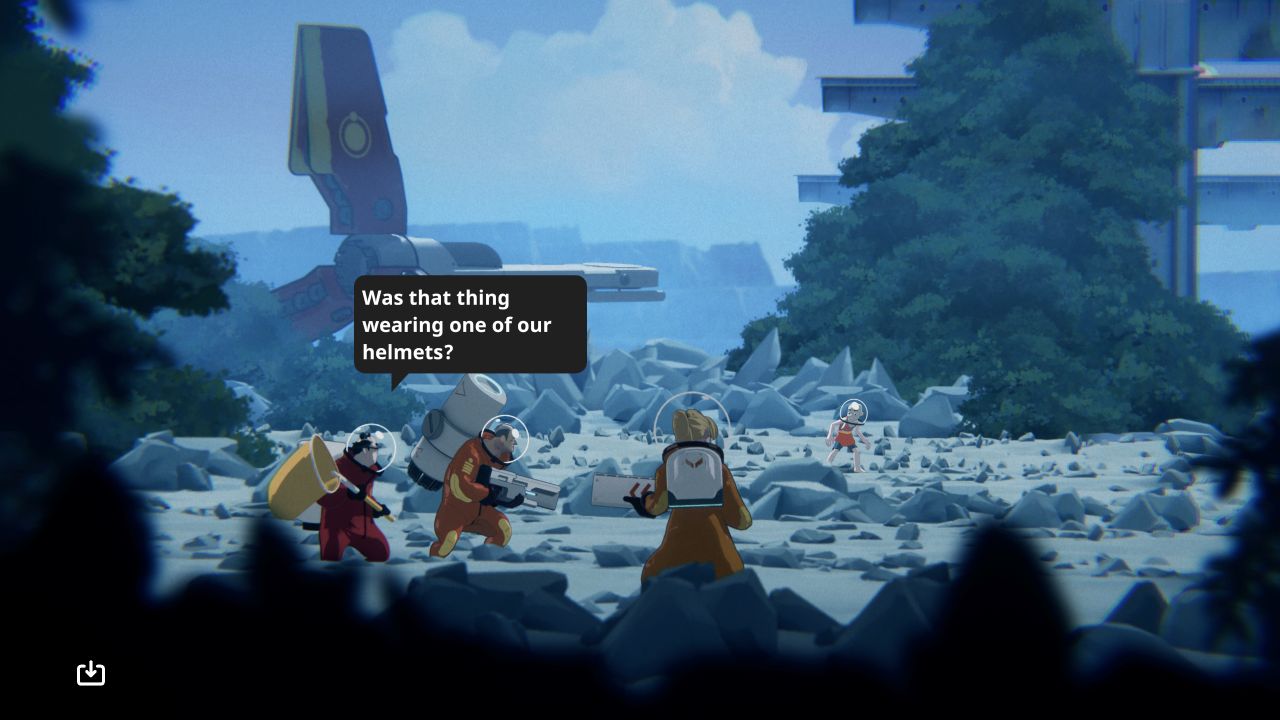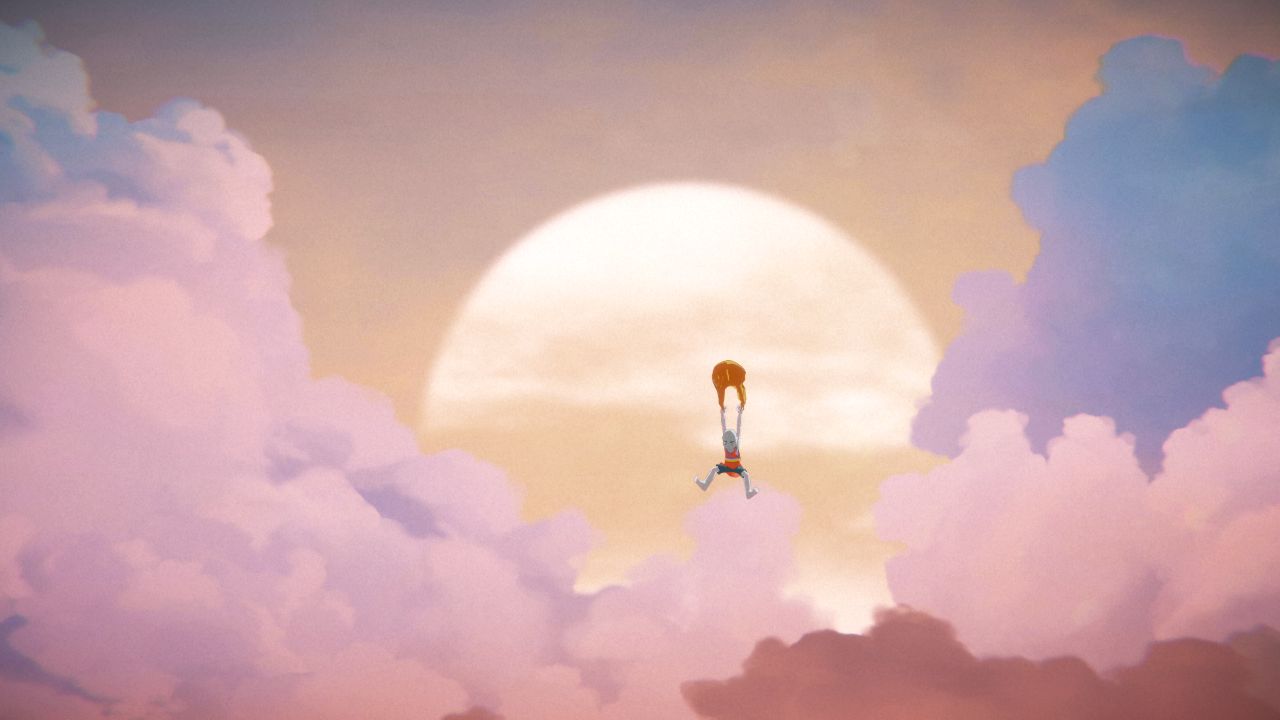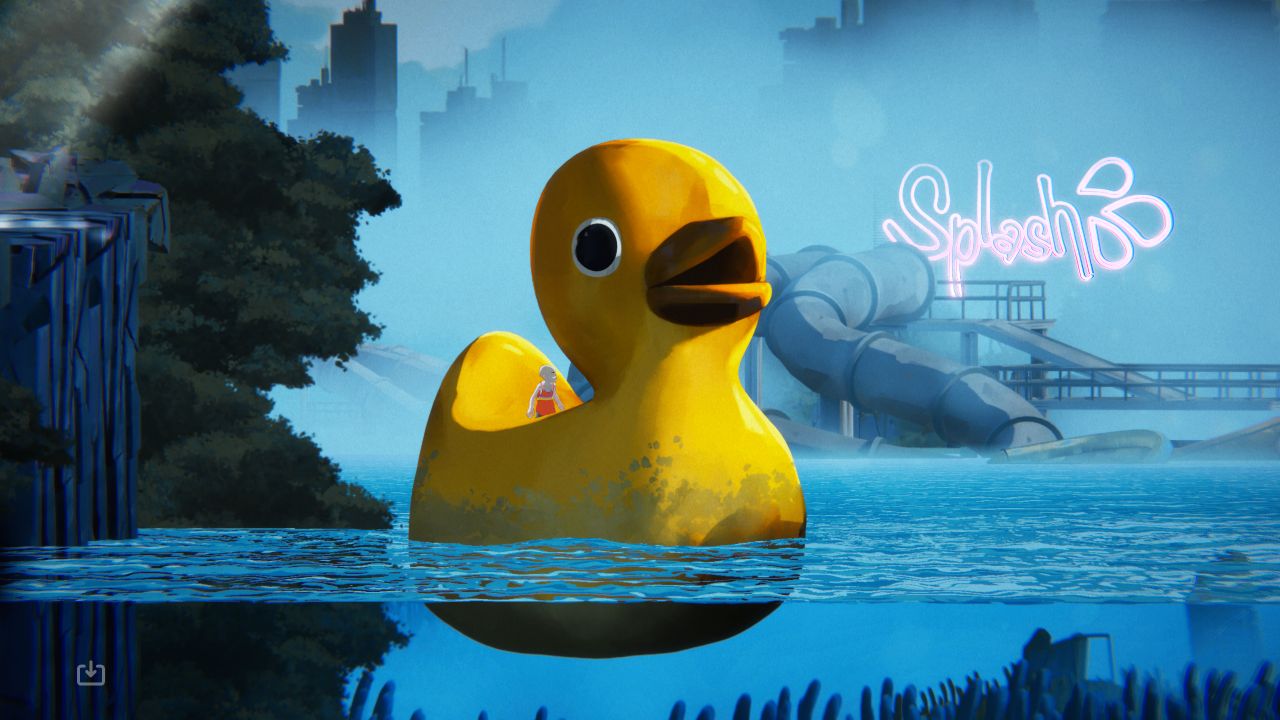The Cub Review
In the vast landscape of post-apocalyptic gaming, where scenarios range from zombie outbreaks to alien invasions, players are spoiled for choice. Most choices paint a fairly bleak picture of the collapse of society. The Cub is a simple 2D platformer that shines like a neon oasis, opting for slightly whimsical approach. Boasting competent platforming mechanics, a diverse musical score, and captivating art direction, The Cub elevates itself above the irradiated rubble.

Set in a not-too-distant future, The Cub starts with a familiar premise; the Earth has suffered an ecological catastrophe and has become uninhabitable. Armed conflict and radiation forced many humans off-world, in rocket ships destined for Mars. Decades passed and some wealthy Martians occasionally revisited Earth to play golf, as seen in the developers’ previous game, Golf Club Nostalgia. Now more have returned to assess the situation, hoping that Earth can become home once again. One team spots a curiosity amidst the overgrown ruins: a mutated human child that acts like a wolf, crouching down on all fours. Players will take control of this child, who was raised by wolves after their mother went missing. The Martian team wants to capture the child for research purposes and your goal is to avoid them while navigating the post-apocalyptic landscape of Earth.
Much of the story is told via cave paintings between levels. Stick-figure images are narrated by the child, who has odd pronunciation and simple lexicon. Typically the cave paintings reveal what is about to happen in the next level, which ruins the surprise without providing much suspense. These revelations are often unnecessary too, because Martians have speech bubbles and the world tells its own story via visual design and classical methods. Scattered around the place are dilapidated buildings that serve as mini-breaks from the danger, each containing newspapers, books, and letters from those long-gone or deceased. This is typical flavor text for the genre, delivered in appetizing chunks, with some absurdity thrown in to match with the game’s persistent lightly whimsical style.
Not far into the adventure, the wolf-child finds a deceased Martian and takes their helmet, letting them listen to Radio Nostalgia from Mars. This radio station plays a variety of tunes, has stories from those remembering Earth, and a few news updates on the expedition. It is another portal into the game’s quirky style, as the station pokes fun at capitalism and insists that there is no mutant child on Earth, despite yours truly running around. The music is extensive and varied, with a mix of new age, synthesizer, dubstep, jazz, electronic and simple vocalized songs that are melancholic. Despite the odd collection, it blends nicely and the melodies gel well with some of the chases.

Platforming is basic but works well enough. The child can double-jump, slide, dash through barriers, land-roll from a height, and climb up ropes or ledges. Objects can be pushed to climb up higher, but there are not many puzzles. Various animals and mutated plants, as well as the typical environmental hazards like electrified water and chasms, must be carefully avoided. Stealth is required too, to avoid the Martians, although determining when it is okay to move is too nebulous. Movement is a fraction sluggish, but the game does not often test reflexes. Chase sequences are the main exception, and these usually involve Martians firing weapons while hovering with their jetpacks. Chases can be fun but a few involve too much trial and error because there is not much time to react. This is highlighted when riding mine carts (ala Donkey Kong Country), needing to either duck, jump into another cart or do nothing to avoid dying without a clear view of what is next. A death in a chase might reset players a fair way back, while other failures usually only require repeating a few recent jumps. Suffice to say the sub three hour adventure is not hard, but expect to redo a few parts.
Visual design is another way The Cub distinguishes itself. The 2D environments look good, with various hand-drawn layers across the foreground and background. Characters are well designed with a slight contrast boost, similar to cartoons or anime from the 90s that used static backgrounds. The child’s animations are a bit jittery, seemingly on purpose like in Spider-Man: Into the Spider-Verse, and will humorously pull faces at the Martians while being chased. The world uses a lot of pinks and blues, with neon lighting around an urban sprawl and some green in the natural landscapes. One problem with the design is that the backgrounds blend too well, which makes it difficult to judge which parts of the world are truly ledges or merely noise that you did not need to jump over. It also unfortunately has an annoying chromatic aberration effect that makes the screen edges unnecessarily blurry.

The Cub is a straightforward 2D platformer that uses minor peculiarities to set itself apart. With a quirky radio station, diverse music, and some unusual flavor text, it manages to create a memorable post-apocalyptic setting, despite some oddly structured storytelling. The platforming works fine, but with a bit too much trial and error and not enough puzzles or variety. It impresses with its visuals, thanks to cool backgrounds, consistent use of colors, and crisp character designs. The game’s asking price is reasonable too at $15USD, for around three hours of gameplay. The Cub is not going to set the world on fire, but there is always room in the post-apocalyptic landscape for something a little different.
